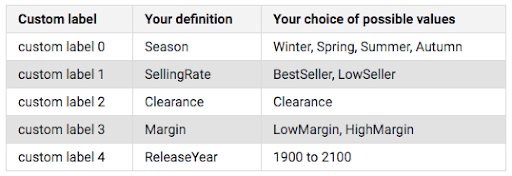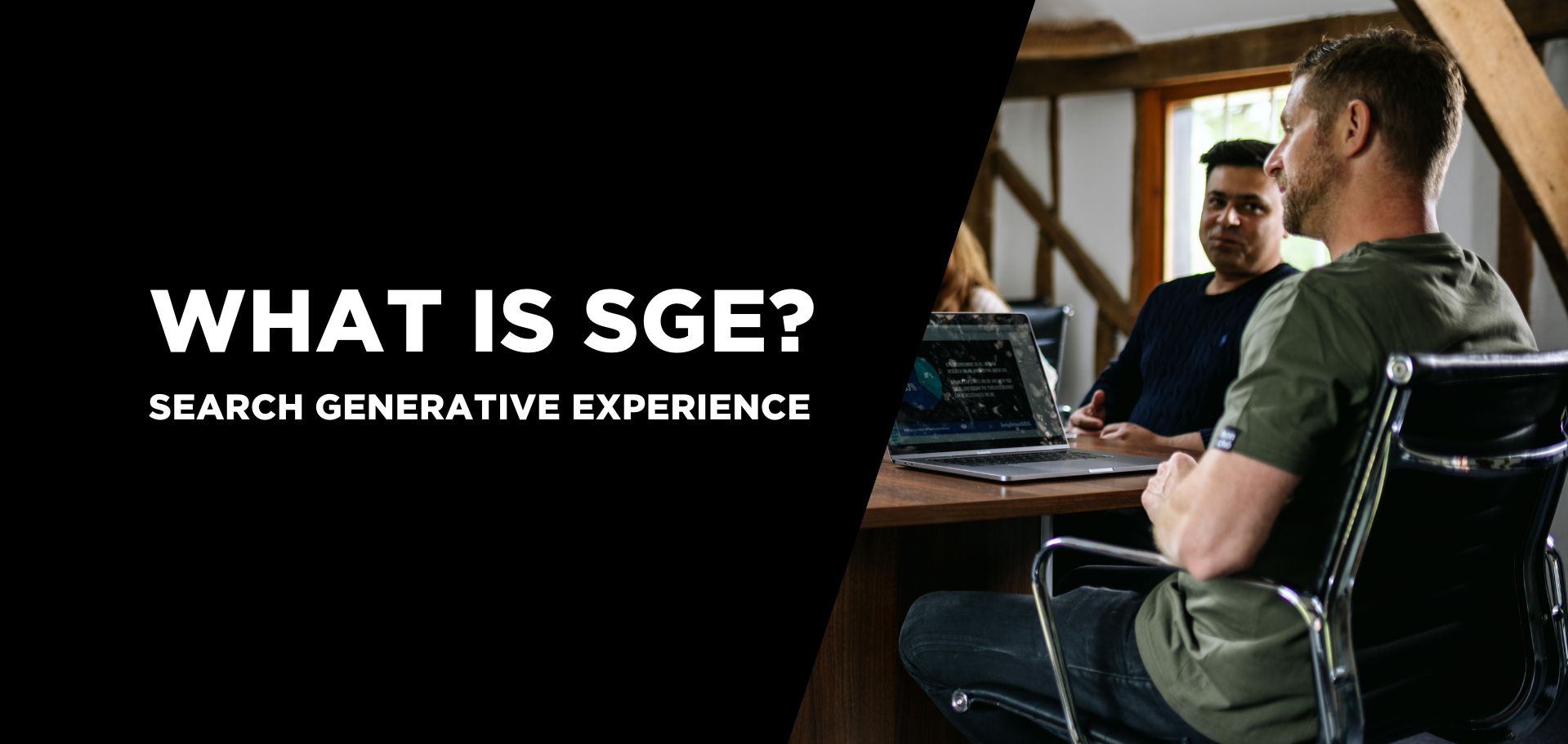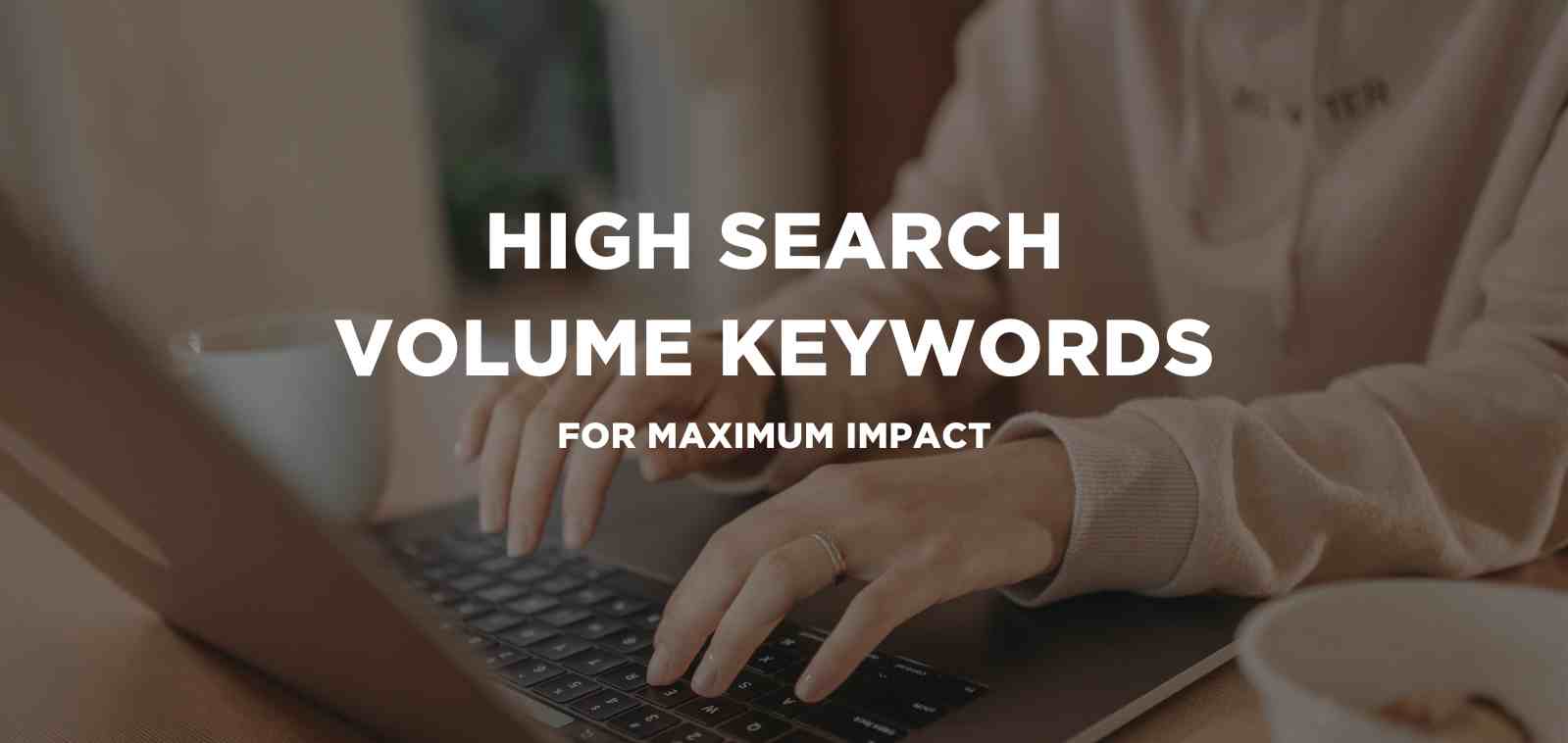2 min read
What is Google Search Generative Experience? (SGE)
What is Google SGE? Think of Google SGE as your helpful buddy on the search results page. Instead of making you click on different websites, it pulls...
3 min read
 Jack Grantham
:
Nov 29, 2018 11:56:24 AM
Jack Grantham
:
Nov 29, 2018 11:56:24 AM
Christmas can be a very exciting (and stressful!) period for e-commerce advertisers. Some of you may be the kind of shoppers that hit the shops on Christmas Eve. But your last-minute attitude towards Christmas shopping won’t work well if carried over to the seasonal marketing world.
With a record-breaking holiday season in Q4 2017 that saw traffic jump by 43% and revenue by 30%, a Google Shopping strategy is a must if you really want to maximise your PLA performance. Forming the right strategy can take weeks of hard work and strategic planning far before key dates approach. So there’s never been a better time than now to start preparing and thinking about how you can take your shopping campaigns to the next level this Christmas. If you are looking to see what 2019 has in store, make sure to check out our predictions for how important Google Shopping will become for retailers in the coming year.
This post is going to break down six advanced tactics that will help you get the most out of your Google Shopping campaigns.
The first tactic that we would recommend when focusing on your PLA’s is to segment your campaigns based on intention. Because you don’t bid on keywords with product listing ads, your ads will appear for both branded and non-branded search queries. Performance varies significantly depending on the type of search query. Branded terms will always have a much higher conversion rate than generic searches and therefore will require separate bidding strategies for maximum ROAS.
This can be achieved by creating two versions of your shopping campaigns, make use of the ‘campaign priority’ setting and managing negative keywords lists by adding branded terms to one of the campaigns as negatives.
Bidding on search ads is pretty straightforward, whilst the shopping platform is much more volatile. We’ve seen even the smallest increase in CPCs lead to a significant change in clicks, sales and revenue.
We would highly recommend carefully carrying out your own bidding experiments to find that sweet spot that works best for your products. But, take note of the word ‘carefully’. Bid too much and you’ll kill your efficiency, bid too little and you’ll never gain any traction. Take into consideration product price, profit margin and e-commerce conversion rate to help determine the exact price point of your max CPC bids.
A recurring pattern that we tend to see when auditing new client accounts is that many shopping campaigns have been created for “All Products”. Whilst this is fine when initially testing the water, products vary in price and profit margin so will need to have separate strategies for the best return.
This simple change alone could see conversions increase by as much as 280% and CPA decrease by 85%.
Custom labels are one of our absolute favourites! In shopping campaigns, you can use custom labels to subdivide the products in your campaign using values of your choosing. For example, you could use a custom label to indicate that products are seasonal, on sale, best sellers etc.

You can actually have up to five custom labels in your product data, labelled 0-4. By using custom labels, you can make effective bid changes at scale. This comes in really useful for those few ‘problem’ products where you would want to likely suppress the bids without having to pull them from your campaigns completely.

As there is no option to bid on keywords that are relevant to your products through shopping, product feed optimisations play a crucial part in improving performance, especially when it comes to product titles. A well-optimised product title can double or even triple your click-through rate.
We would recommend making sure that your feed contains all of the important information in the title first, such as brand, colour, size and material. We’d also suggest that you focus your attention on including relevant attributes at the beginning of your product titles to make it appear first for mobile devices.
We all know that users who have previously visited a website are more likely to purchase than those who are visiting for the first time. This comes from the authority and trust of recognising a brand. In order to maximise your profit, don’t forget about those familiar faces!
We would recommend showing your Google shopping ads to people who have already visited your website using RLSA (remarketing lists for search ads) with a bid adjustment of 40% or higher for existing customers. But, for category pages, you might want to only add a bid adjustment of 10-20%. Simply applying RLSAs to your shopping campaigns could let you see an impressive increase by as much as 4x to CTR & CR%.
Conversion rates vary a LOT depending on the time of day and day of the week. One of the limitations that we currently have within Google Ads is that you only get given six different slots per day to set bid adjustments.
For the best possible ROI, you need to react to these changes by increasing and decreasing bids hourly to see conversion rates soar! We would recommend using a Google Ads script, like the one we found by Brainlabs, which overwrites the set six windows in Google Ads and allows you to bid more aggressively at key times.
Now that you know what you need to act on, it’s time to put it into practice! If you use the above strategies then you’ll be ready to take on anything that the holiday season throws your way, knowing that your PPC campaigns are set up for ultimate success this Christmas.

2 min read
What is Google SGE? Think of Google SGE as your helpful buddy on the search results page. Instead of making you click on different websites, it pulls...

5 min read
Discover the power of high search volume keywords and how to effectively use them to boost your online presence and drive maximum impact.

2 min read
We're delighted to officially announce our partnership with Eflorist, one of the world’s leading flower delivery brands with over 54,000 local flower...
1 min read
Did you know that Google “reserves the right” to change your website page titles in search results? Matt Cutts of Google has published a short video...
1 min read
In their mission to save us even more precious seconds of time Google have this week rolled their Instant feature out to Google Places. On their...
Some of the team had the pleasure of listening to Kirsty Hulse speak at SearchLove last month, and her talk on being creative and getting clients on...